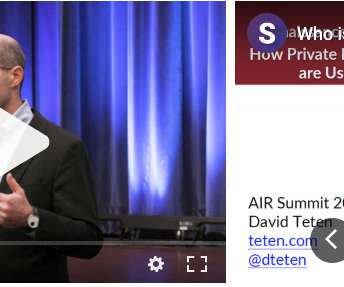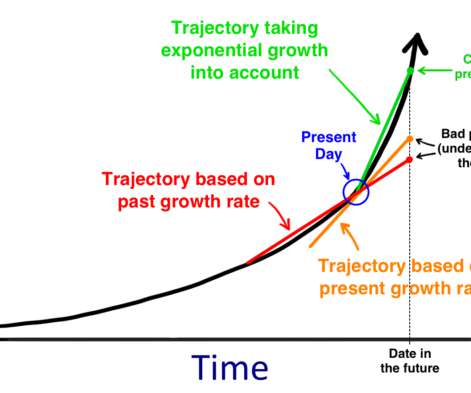Flexible VCs With Structures Between Equity and Revenue-Based Investing
David Teten
JANUARY 21, 2021
V: Should you raise venture capital from a traditional equity VC or a Revenue-Based Investing VC? VI: Revenue-based financing: The next step for private equity and early-stage investment. VIII: The Leading Flexible VCs, With Structures Between Equity and Revenue-Based Investing. 20% initial ownership.

















Let's personalize your content